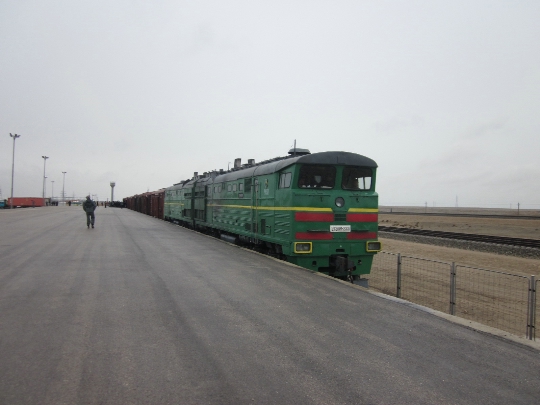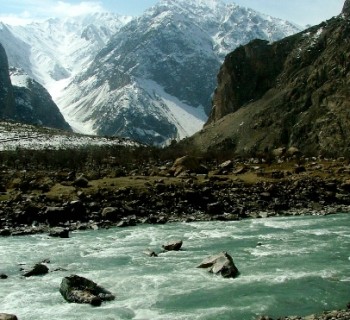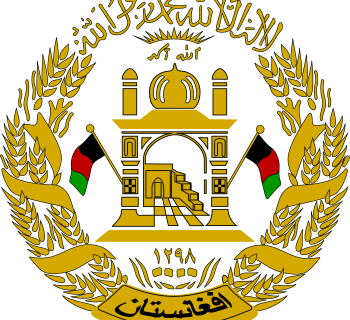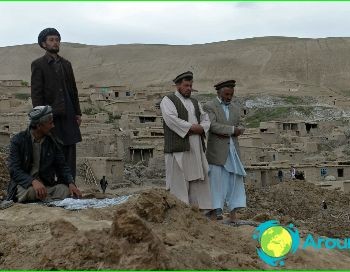Afghanistan Railways
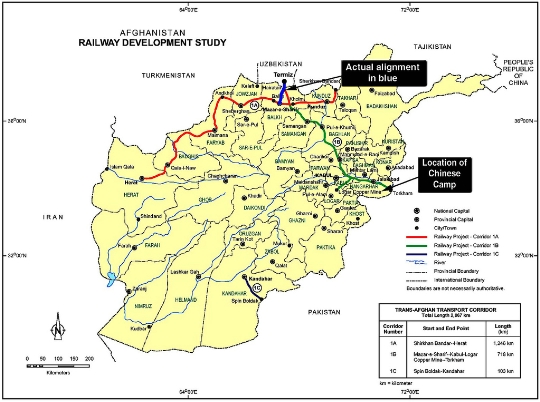
Afghanistan's railway network is gradually expanding. If earlier the state had an underdeveloped transport system, today things are better thanks to the construction of new branches. The railways of Afghanistan are broad gauge lines (1435 mm). They were built by neighboring countries: the USSR, Iran, Uzbekistan. There are two main problems in the railway sector: uncertainty with gauge parameters and mountainous terrain. The issue of track gauge is considered particularly important, as it determines the direction of Afghanistan's integration in the field of transport and economy. Regions sharing a common border with Afghanistan use different gauge tracks. To cooperate with Europe through Russia and Central Asia, Afghanistan's railways require 1520 mm gauge.
Condition of the railway sphere
Today the country has 25 km of railway tracks. These are two roads for transporting goods. There are no passenger trains here. In 1960, a railway line of no more than 10 km was built along the Kushka - Toragundi line. In 2007 this road was reconstructed. Another access road runs from the station. Galaba to Hairaton. In recent years, Afghanistan has become an attractive region for railway operators in neighboring countries. These include, first of all, Uzbekistan and Iran, developing projects for the construction of new routes in Afghanistan. The first project was created by the British over a century ago. The railway line to Kandahar was built in 1879. Further, the construction of the lines continued after 1960. At present, the Afghan government seeks to ensure that the sphere of railway transportation was under state control. The expansion of the railway system brings positive changes in the country. Afghanistan's railways significantly accelerate the pace of economic and industrial development.
Reasons for the poor development of the railway system
The country's economic sphere fell into decay after prolonged hostilities. More than a third of the population left Afghanistan. Many trade and transport between regions of the country were destroyed. As a result of the war, the condition of railways and highways deteriorated. There are almost no road repairs in the country. Many paths become impassable in winter and spring. People are forced to transport goods on donkeys and camels. In this regard, the ring highway, with its beginning in Kabul, acquired the greatest importance. Changes in the country led to the construction of new railways. Despite this, Afghanistan remains one of the poorest countries, dependent on neighboring states. Underdeveloped infrastructure, crime, unskilled management are factors that hinder the development of the economy.
